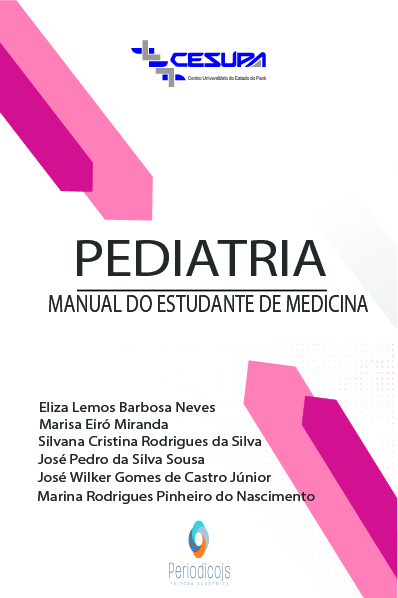Abstract
The physical examination requires skill and training, as the child may be irritated, intimidated, crying, with psychomotor agitation, which are common situations in pediatric practice. The physical examination must be performed in full, but the classic semiological sequence can be altered, in order to perform the device that appears most appropriate for the moment.1 It should be explained to those present at the consultation what will be performed. Thus, sometimes, if the child is not yet crying, it is advisable to start with the factors that will be most compromised by this crying: heart and respiratory rate, cardiac auscultation (it is not easy to identify murmurs in children during crying), fontanelle tension , and abdominal tension (if you are normotensive, if you are flaccid), as well as blood pressure. Although the craniocaudal direction should be followed, it may be advisable to leave the oropharyngeal examination and otoscopy for last, as they usually frighten the child and impair the careful evaluation of the other organs and systems. After evaluating such items, if there is crying, the other factors will not be as affected as those mentioned above. However, respiratory auscultation in infants, who are unable to respond to the command to take a deep breath, is facilitated by crying, as the baby takes deep and involuntary inspirations during this cry, and the professional can wait for such moments to perform the physical examination. Sometimes it is necessary to perform the physical examination with the child on the mother's lap, as separation from the mother's lap brings insecurity, impairing the examination. The mother should be encouraged to participate in the physical examination alongside the child, so that, together, they feel safer during the process.

